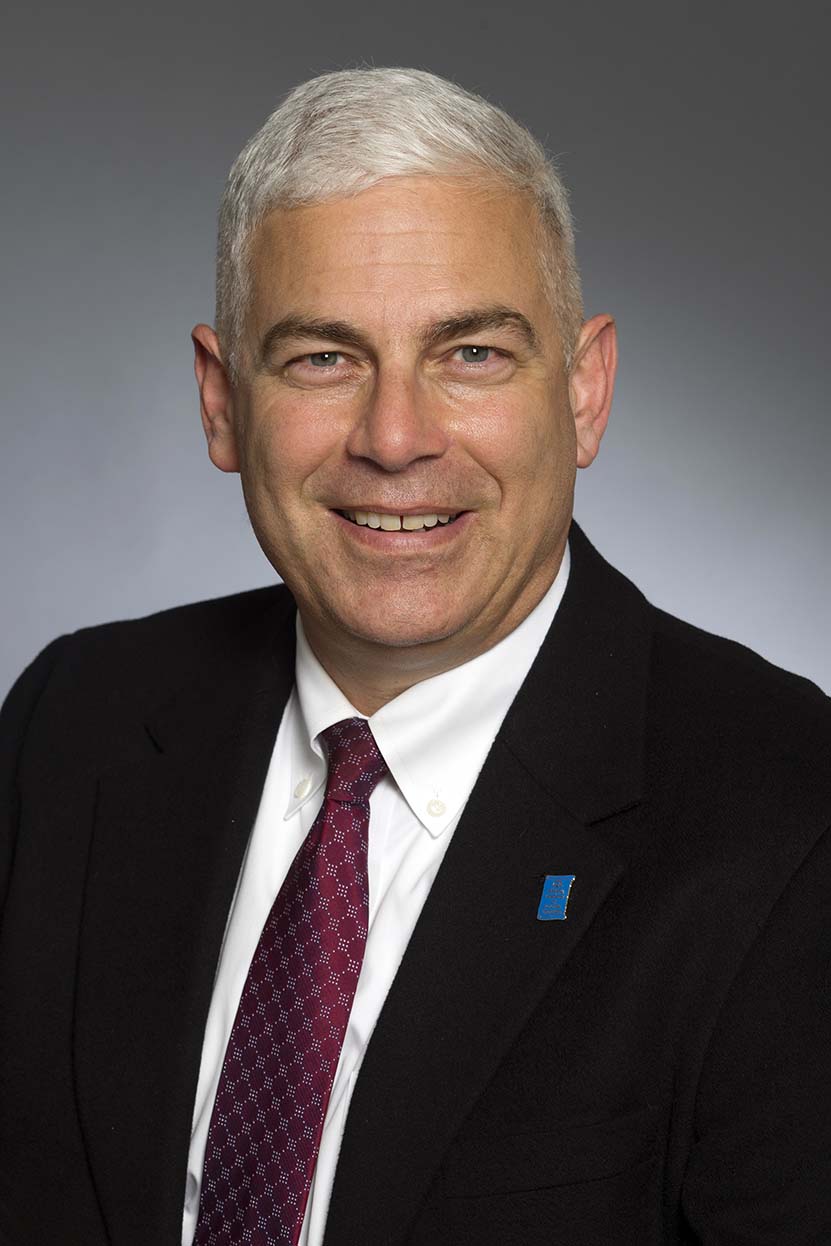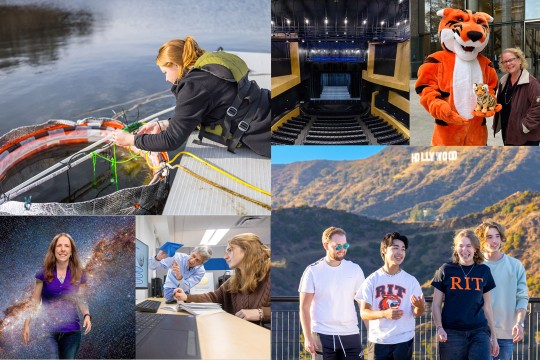Professor participates in documentary on fatal race, opening March 3 at D.C. film festival
Marty Gordon, a forensic engineer, discusses data and visuals in tragic on-track accident involving Tony Stewart and Kevin Ward
Provided by DC Independent Film Festival/Forum
The Hit, a documentary about a tragic on-track accident involving NASCAR’s Tony Stewart, includes commentary by RIT Professor Martin Gordon.
When NASCAR driver Tony Stewart struck and killed an up-and-coming competitor on a rural dirt track, local police ruled it an accident. Several years after the tragic encounter, the incident was re-analyzed by several leading forensic engineers, including Professor Martin Gordon of Rochester Institute of Technology.
The analysis revealed a different, visual story of what happened that night, and the results are part of a new documentary, The Hit, detailing the race that occurred August 2014 at the Canandaigua Motorsports Park. Chosen for the upcoming D.C. Independent Film Festival/Forum as an official selection in the feature documentary category, The Hit will premiere at 7 p.m. on March 3 at the Landmark E Street Cinema in downtown Washington, D.C.
Gordon was among several forensic engineers, eyewitnesses, and a team of award-winning investigative journalists that assessed footage from the race event, including the amateur video taken and posted to multiple social media platforms. The team’s job was to investigate, collect evidence, and analyze what actually occurred.
Findings indicated Stewart accelerated his car and fishtailed it toward driver Kevin Ward.
“You can break the laws of man, but you can’t break the laws of physics,” said Gordon, a member of RIT’s College of Engineering Technology. “Tony Stewart steered up the track toward Kevin Ward and contacted him with the back passenger-side wheel of his nearly 1000 Horsepower Sprint Car. It was an accident that didn’t have to happen, and the actions of Tony Stewart were central to the tragedy.”
RIT Professor Martin Gordon
Gordon, a professor of manufacturing and mechanical engineering technology, has also served as a forensic engineer for more than 20 years reconstructing vehicular and infrastructure incidents, and is past president of the National Academy of Forensic Engineers.
“Forensic engineering takes patience and dedication especially with a very high-profile case like this,” Gordon explained. “Very early on, I realized that we needed to bring in videogrammetry experts to accurately analyze the video taken of the event. Videogrammetry is like backwards animation. You start with a movie and work backwards to the equations of motion and the physics of what was recorded on film. What we were able to derive followed the laws of physics, and what Tony Stewart was claiming defied the laws of physics.”
This full-length film features testimony and facts previously unavailable to the public, including video depositions from Stewart, numerous eyewitnesses, and police investigators. Television journalists Chris Halsne, Isaias Medina, and Brian Collister discovered evidence that raised questions about how detectives, prosecutors, and the local medical examiner investigated the now-dismissed criminal case against Stewart. Family members of crash victim Kevin Ward Jr., who was 20 years old at the time, agreed to be interviewed for this production.
More about the documentary produced by Mountain Dog Films in association with the Investigative Network in Austin, Texas, can be found at the festival website.







